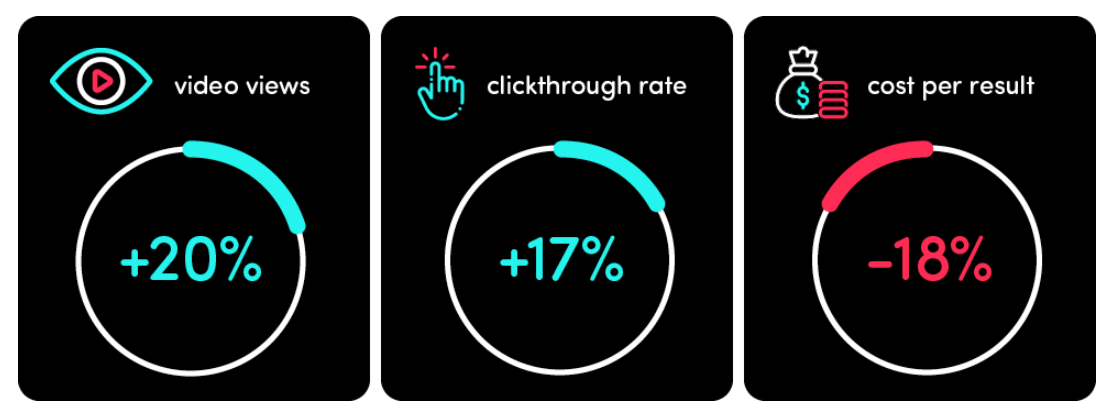Many digital marketers know this feeling: sometimes your ads can hit a roadbump and performance drops, or costs start to stray off-target. It could be that audiences are getting tired of seeing the same ads, or that there aren’t enough creative variations to keep them interested. Testing different audience features can be an incredibly powerful and cost-effective way to get the most out of your campaign, especially if your resources are limited.
In this article we’ll look at two real-life examples where TikTok’s Client Solutions team helped to troubleshoot ad performance issues using audience optimization.
Making creative work smarter
A clothing brand running ads on TikTok’s auction platform found that its campaign spend was dropping each day until only a small portion of the daily budget was being spent. Our analysis found that this was likely due to audience fatigue, as the campaign was using only a single creative and therefore over-serving audiences with the same ad.
The brand was unable to supply new creatives at the time, so we suggested audience optimization measures as a work-around solution. The original ad group was put on pause in favour of three new ad groups:
1. Refreshed core audience
First, we targeted the same audience as the original ad group. Since the original ad group was paused, this allows us to keep exploring by showing the same ad to a new core audience with the same features.
2. Under-exposed audience
The second ad group targeted the same audience as the first, but excluded a custom audience of those who had already received impressions from the original ad group. This allowed us to re-engage those who had not been exposed in the original ad group.
3. Lookalike audience
The third new ad group targeted a broad lookalike audience of those who had clicked on the ad in the original ad group. This enabled us to target an audience similar to those who had already taken a qualified action.
The campaign resumed full spending, and performance increased across key metrics: video views increased 20% and click-through rate grew 17%, while cost per thousand reach dropped by 18%.

